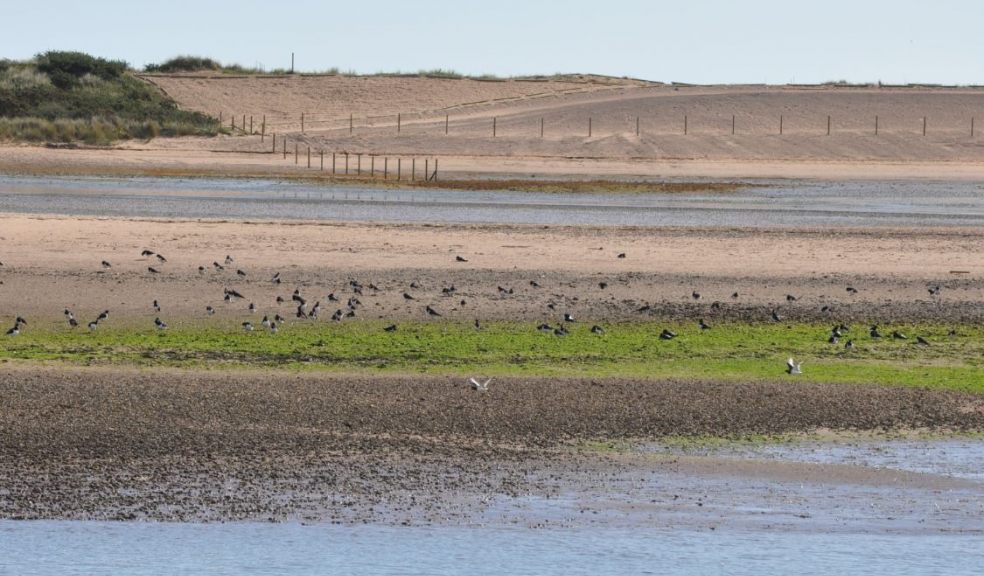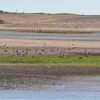
New wildlife conservation areas proposed for Exe Estuary
A report suggesting new areas for nature was published on Friday 13 October. The areas aim to balance tourism, business and leisure needs with the role of the Exe Estuary as a sanctuary for internationally important wildlife and natural habitat.
Advice from conservation experts urge that new ‘Wildlife Refuges’ are implemented to make sure protected birds are undisturbed and have safe places to rest and feed. Estuary users are asked to voluntarily avoid the areas – all year round at Dawlish Warren’s refuge and from mid-September to end of December at Exmouth’s refuge.
The refuges are part of the Exe Estuary Special Protection Area which regularly provides space for 20,000 birds to rest and feed. This means that neighbouring East Devon, Teignbridge and Exeter Councils must legally prevent disturbance to birds and deterioration of their habitats. The report states there is clear evidence this is already happening and with increasing risk, further precautions are legally required.
The proposals have been amended following widespread consultation with the many different users of the Estuary and people living nearby. These proposals request that certain activities, such as water sports, allow space for birds.
Councillors from each of the neighbouring local authorities will decide whether to approve the proposals at a meeting of the South East Devon Habitat Regulations Executive Committee on 23rd October.
Exeter City Council’s Lead Councillor for City Development, Cllr Daniel Gottschalk, is chair of the committee. He said: “Thank you to everyone who has got involved and helped develop these safe areas for birds to rest and feed in a very small part of the Exe Estuary. Some birds will have travelled thousands of miles before coming to rest in the Exe Estuary. Disturbance caused to the birds can be life threatening because they use scarce energy which can reduce their ability to survive.
“Following an extensive nine month consultation, all the views from both consultation phases, including concerns about safety, have been taken into account in developing these areas. Substantial changes and compromises have been incorporated into the new recommendations for the Wildlife Refuges.
“The Estuary will face growing pressure in the future, as Councils provide much needed homes for local people. This will bring a predicted increase of 27% from household visits within a 10km radius and a 29% increase in housing in the same area.”













